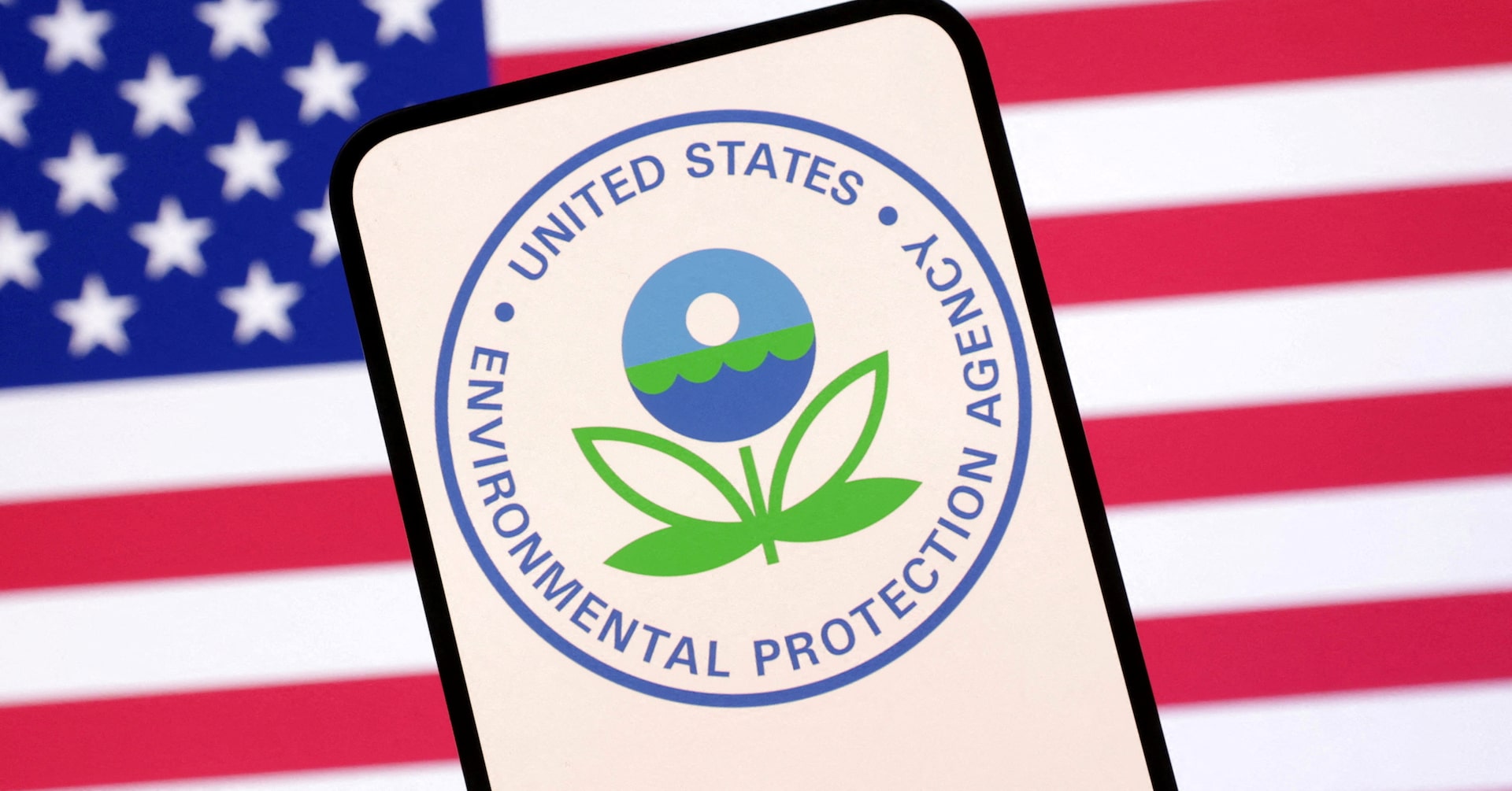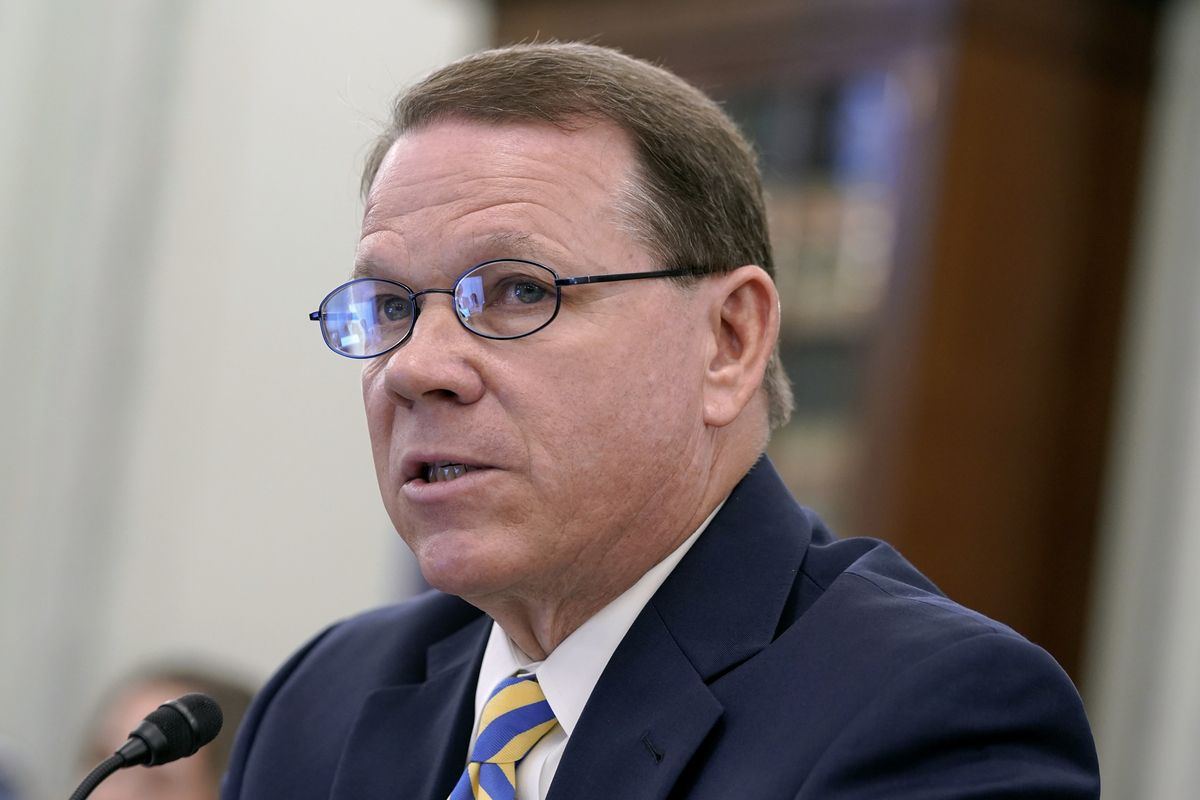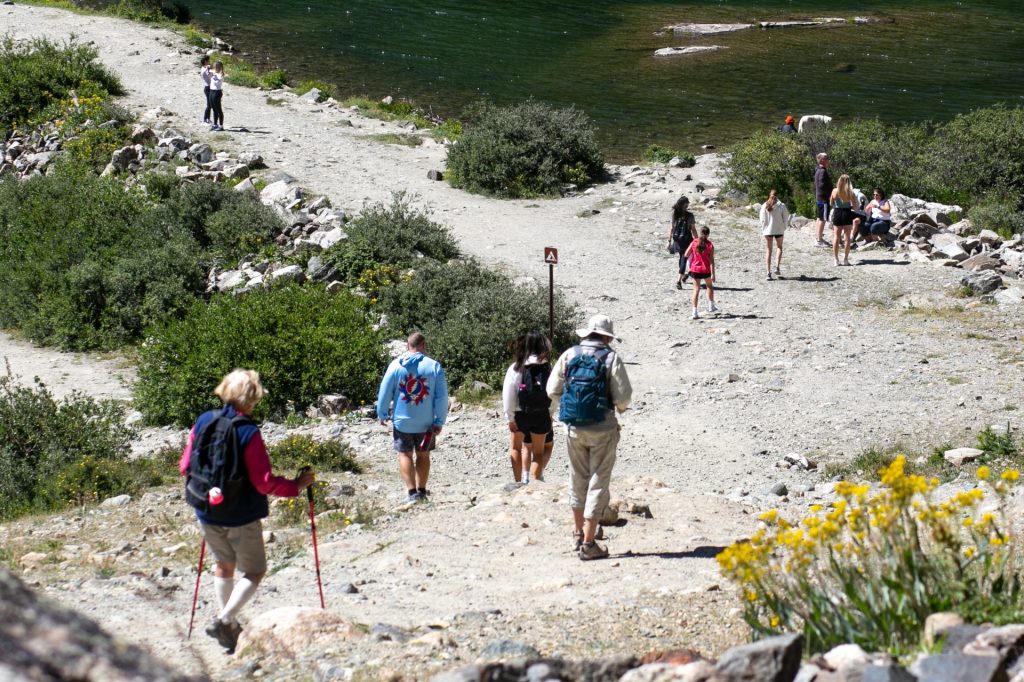
Environmental Justice in Peril: EPA Halts Crucial Community Grants
In a sweeping move that has raised significant concerns, the U.S. Environmental Protection Agency (EPA) is preparing to cancel nearly 800 grants, with a particular focus on eliminating those dedicated to environmental justice initiatives. The Washington Post revealed this development on Tuesday, drawing from a court filing that included statements from an agency official. The proposed grant cancellations represent a dramatic shift in the EPA's approach to supporting community-based environmental programs, particularly those aimed at addressing environmental inequities in marginalized and vulnerable communities. By potentially cutting funding for these critical initiatives, the agency risks undermining years of progress in addressing environmental disparities that disproportionately impact low-income and minority populations. Environmental justice advocates are expressing alarm over the potential consequences of these widespread grant cancellations, warning that the move could significantly set back efforts to protect communities most vulnerable to environmental hazards and pollution. The EPA has not yet provided comprehensive details about the rationale behind these sweeping grant terminations, leaving many stakeholders and community organizations uncertain about their future funding and ability to continue critical environmental protection work.









